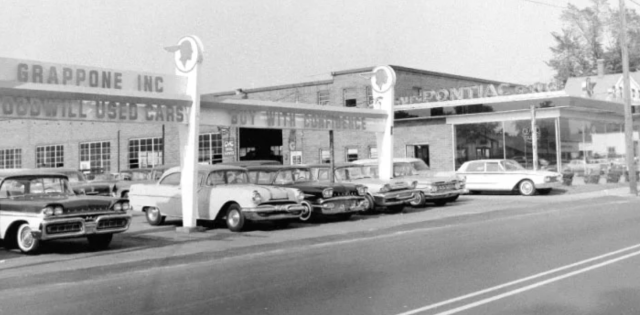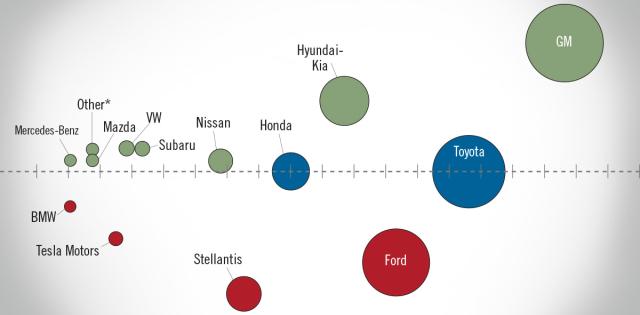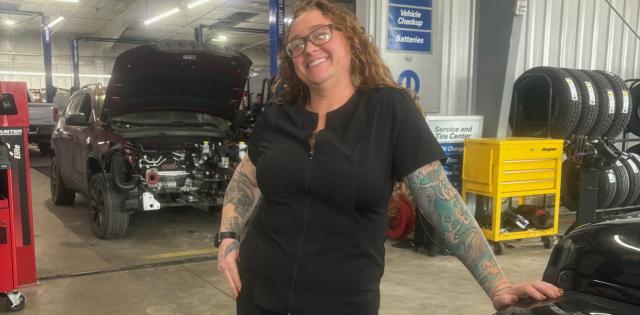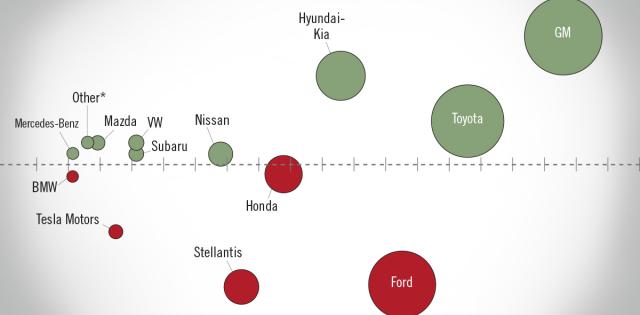Tight inventories continued to limit new light-vehicle purchases in July, with sales falling for a third consecutive month to a SAAR of 14.8 million units. The SAAR in July was roughly flat compared with July 2020, but was down 12% from July 2019. Retail sales are expected to account for over 90% of total sales volume in July, as OEMs continue to prioritize production for retail customers. Market share for most major segments changed little from June 2021. Yet share for the popular and profitable large-pickup segment did continue to fall, since many OEMs have had to limit production because of the ongoing microchip shortage. According to Wards Intelligence, the large-pickup market share was 13% in July, down from 15.2% in July 2020 and the lowest share for big trucks since July 2016.
Industry-wide, inventory levels at the end of July will likely come in below 1.3 million units, down from 1.4 million at the end of June. Earlier in the year, inventory constraints meant consumers might have had to settle for a different color or trim. But with inventory levels at record lows, many in-market consumers have had to settle for a completely different model or place an order for their desired vehicle. Dealers have done a great job assisting customers with new-vehicle orders. As a result, the time that new vehicles sit on dealership lots continues to fall. According to J.D. Power, the average time a new vehicle remained on the lot in July reached a record-low 31 days, down from 75 days in July 2020 and six fewer days than in June 2021.
OEMs further reduced incentives in July. Average incentive spending per unit, says J.D. Power, is expected to be $2,065—a decrease of $347 from June 2021 and $2,170 from July 2020. While average transaction prices have steadily risen and set new records this year, average monthly payments haven’t increased as quickly. Due to high trade-in values and low interest rates on new-vehicle finance contracts, the average new-vehicle monthly payment of $622 in July 2021 is up only 6.4% year over year, while average transaction prices have increased by 17% in the same period, J.D. Power says.
Despite somewhat rosy predictions for North American vehicle production for the start of third-quarter 2021, those production forecasts from LMC Automotive were reduced by over 200,000 units during July, according to Wards Intelligence. With more frequent announcements from OEMs about production stoppages, don’t expect inventory levels during August to change much from July. Despite production limitations from the chip shortage, new-vehicle demand remains strong among both retail and fleet customers. Our total 2021 forecast for new light vehicles is 16.5 million units.










